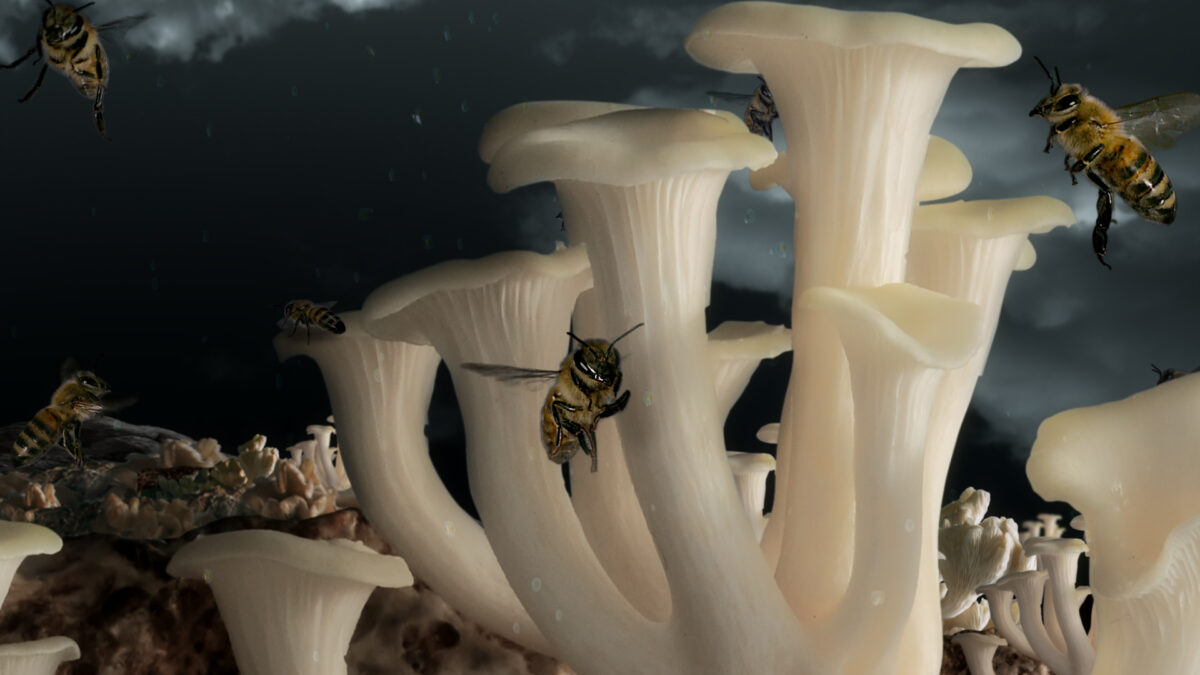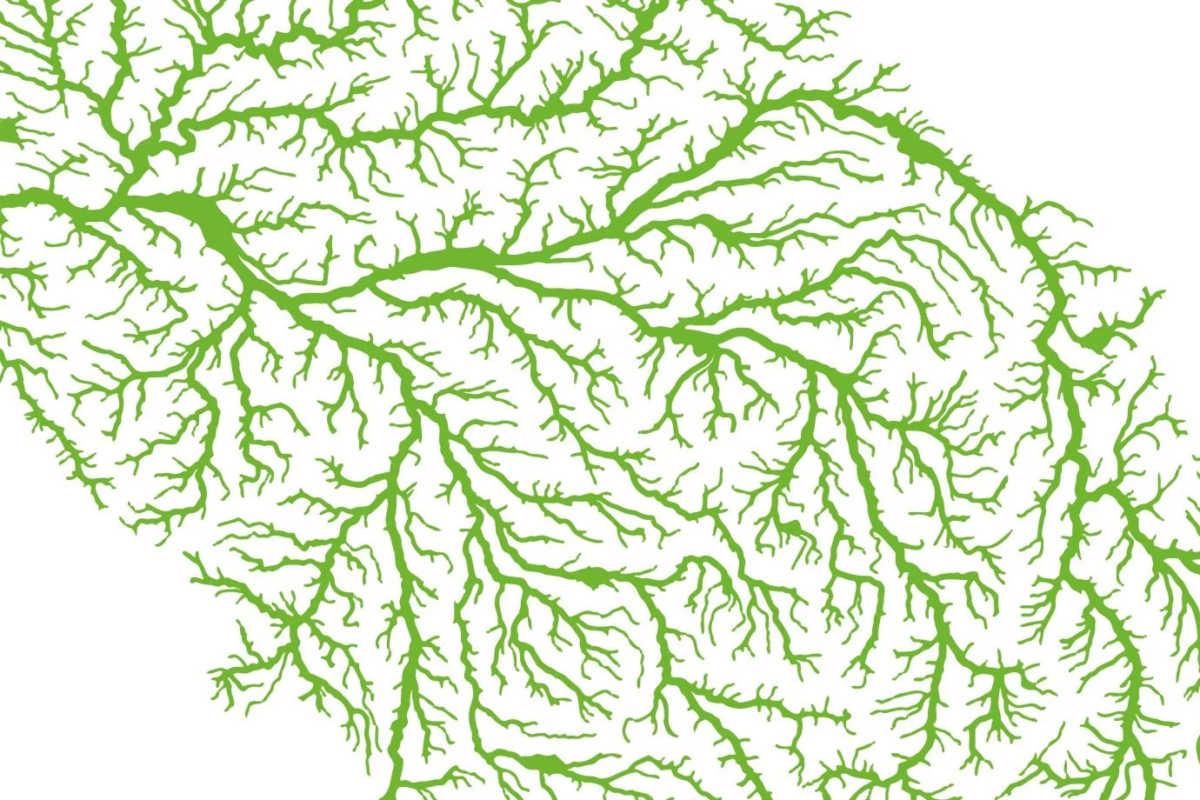
𝐏𝐀𝐑𝐀𝐃𝐄 𝐏𝐀𝐑𝐔𝐑𝐄 𝐏𝐀𝐘𝐒𝐀𝐆𝐄 – Vanina Langer & Magali Wehrung
Join us at Le Préavie for the inauguration of PARADE PARURE PAYSAGE by Vanina Langer & Magali Wehrung! After GLORIA,…
Published on 25 June 2014
The Monumenta 2014 exhibition starts a second life thanks to the innovative and solidarity-based reuse of its furniture and materials. The furniture, materials and waste from the Monumenta 2014 exhibition at the Grand Palais are given a “second life” thanks to a “responsible” dismantling process that includes a new circuit of solidarity-based reuse, designed and set up by Alice Audouin(COAL) and Renaud Attal, specialists in the circular economy.
A first for an exhibition with a high environmental impact.
From May 10 to June 22, 2014, the Monumenta 2014 exhibition “The Strange City” by Ilya and Emilia Kabakov occupied the Nave of the Grand-Palais over nearly 1,500 m2 and produced approximately 200 tons of waste (wood, paint, plaster, carpet, furniture, etc.Aware of the environmental challenges of such a large-scale exhibition and already committed to recycling wood, the Rmn-Grand Palais sought the help of specialists in the circular economy and sustainable development, Alice Audouin (COAL) and Renaud Attal, Co-Recyclage.com and RCube.org (Federation of professional actors of the Reduction, Reuse and Recycling) to design and implement an innovative solution to the treatment of waste from Monumenta 2014. They have created a circuit of reuse for the furniture (tables, benches, desks …) as well as the floors, carpets, moldings and doors of the exhibition, involving a dozen structures. This action was performed during the disassembly phase, which took place from June 22-29, 2014.
A solution in solidarity with the cultural sector.
The beneficiaries of this tour have been selected with the will to extend the utopian dimension and the values of the exhibition. They are actors and high places of “Do It Yourself”, solidarity, “Bio Hacking”, ecology, social economy, culture and open source: La Paillasse, Le Pavillon des Artistes, les Bâtisseurs d’Emmaüs, FreeSpace Paris, La Recyclerie, Krenchtown and WeLoveGreen festivals, la Réserve des Arts, ASSECA grocery store of the WeArePhenix.com network…
After having recovered the furniture and materials of the exhibition, each structure will reuse and “upcycle” them according to its needs and desires. From July, the Japan Expo exhibition will reuse tables. Marie Schneegans of the collaborative innovation space FreeSpace Paris, testifies, “All the furniture is a great help to us.” Those in the cultural sector, whether associations, festivals or artists, have a high demand for furniture and materials. Re-use and re-employment, which are essential steps before “material recycling”, allow the circular economy to be truly virtuous. The approach contributes to developing the principles of the circular economy in the cultural sector, so that it is a promoter but above all an actor of a more sustainable society.
Join us at Le Préavie for the inauguration of PARADE PARURE PAYSAGE by Vanina Langer & Magali Wehrung! After GLORIA,…
In the spring of 2024, COAL presented in Paris the first edition of COALITION, a major multidisciplinary exhibition celebrating the…
As a partner in the project, we are delighted to share with you the next highlight of “Vers une internationale…


